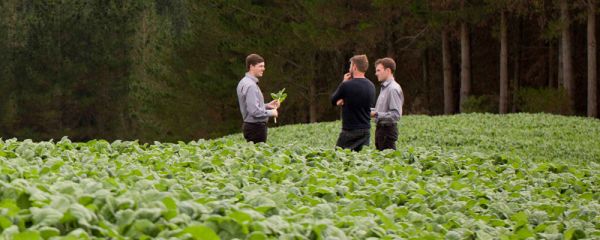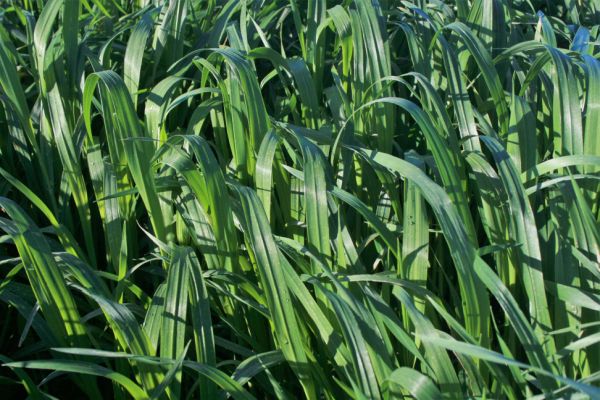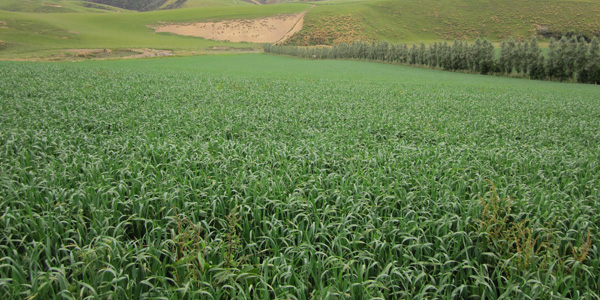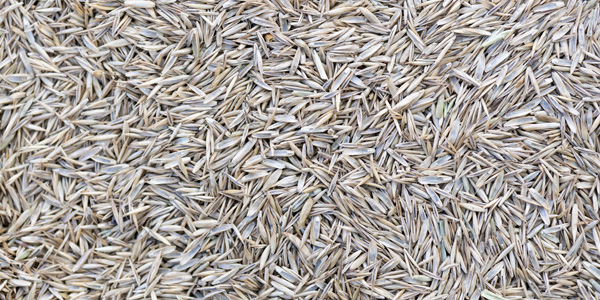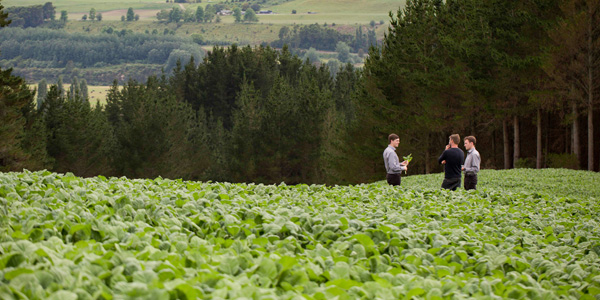
Forage Cereal Management
Forage Cereal Management
Background
Forage cereals are grown to produce large amounts of high quality feed in times when pasture quality and growth does not meet stock demands. Forage cereals are flexible in the fact that they can be either grazed or cut for green chop cereal silage (GCCS) or whole crop cereal silage (WCCS).
With rapid establishment in cool conditions, forage cereals are an ideal option for use as a break crop either after maize or summer brassicas, or between the completion of winter brassicas and the sowing of new grass or another break crop. Forage cereals also have increased tolerance to cold/frosty conditions compared to annual ryegrass and therefore hold their quality longer through the winter.
Due to the large seed size of forage cereals, they can be sown in dry soil conditions as they can be sown deeper than ryegrass. Forage cereals have flexible sowing dates to fit into many different situations,thus providing more forage options for farmers.
Understanding your fertility status early on is critical. Learn more about soil structure and fertility here.
Autumn-sown Forage Cereals
Autumn is the best time to spray couch/twitch. Forage cereals can then be direct drilled into the paddock for winter feed. The paddock can then be sown in the spring into grass or another break crop such as chicory and/or brassicas.
Oats are the most common autumn sown winter grazing option and can produce 5-8 t DM/ha over the winter period. Coronet forage oats and Milton forage oats have been bred for increased yield, quality and disease tolerance.
Coronet combines a fine stem with high leaf content, as well as high disease and frost tolerance. Coronet is a late maturing variety which gives farmers more options when looking for high quality late winter grazing.
Coronet can also be sown in late winter/early spring after run-out winter brassica crops, to provide valuable grazing or green chop cereal silage in the late spring/early summer. Trials have shown that late winter/early spring sowings of Coronet forage oats can provide outstanding silage quality with a longer harvest window than the early maturity Miltons.
Milton forage oats are the ideal option when quick mid winter feed is required. Milton has been bred with increased disease tolerance and is quicker to mature than Coronet. Milton forage oats can also be sown in late winter/early spring for green chop cereal silage or quality spring grazing before returning to grass or another crop option.
Prophet and Kudos forage triticales are also a good autumn sown option for high quality winter feed. Prophet and Kudos provide better frost tolerance than oats and should be sown in frost prone areas such as Central Hawke’s Bay, Central Otago and the Central Plateau areas.
Prophet and Kudos, if sown early enough, can be grazed in the winter, then shut-up for either green chop silage or whole crop cereal silage (WCCS). Prophet has been bred for increased grazing tolerance over DoubleTake, but care must still be taken in waterlogged conditions to ensure that tiller damage is kept to a minimum if using the crop for spring silage. Prophet is slower to establish than DoubleTake but has increased yield potential.
Prophet and Kudos can be planted throughout the winter for WCCS. WCCS has similar properties to maize silage with high carbohydrates but has the advantage of growing through the winter and early spring and harvested in early summer.
Spring-sown Forage Cereals
Spring sown forage cereals are a good way of producing high yields in a short space of time. This large yield is a cost effective way of producing feed that has either a good balance of protein and energy or more carbohydrate and starch, depending on the cultivar used and the time of harvest.
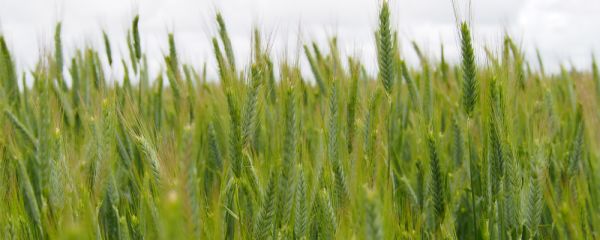
Our Forage Cereals range
VIEW PRODUCTS